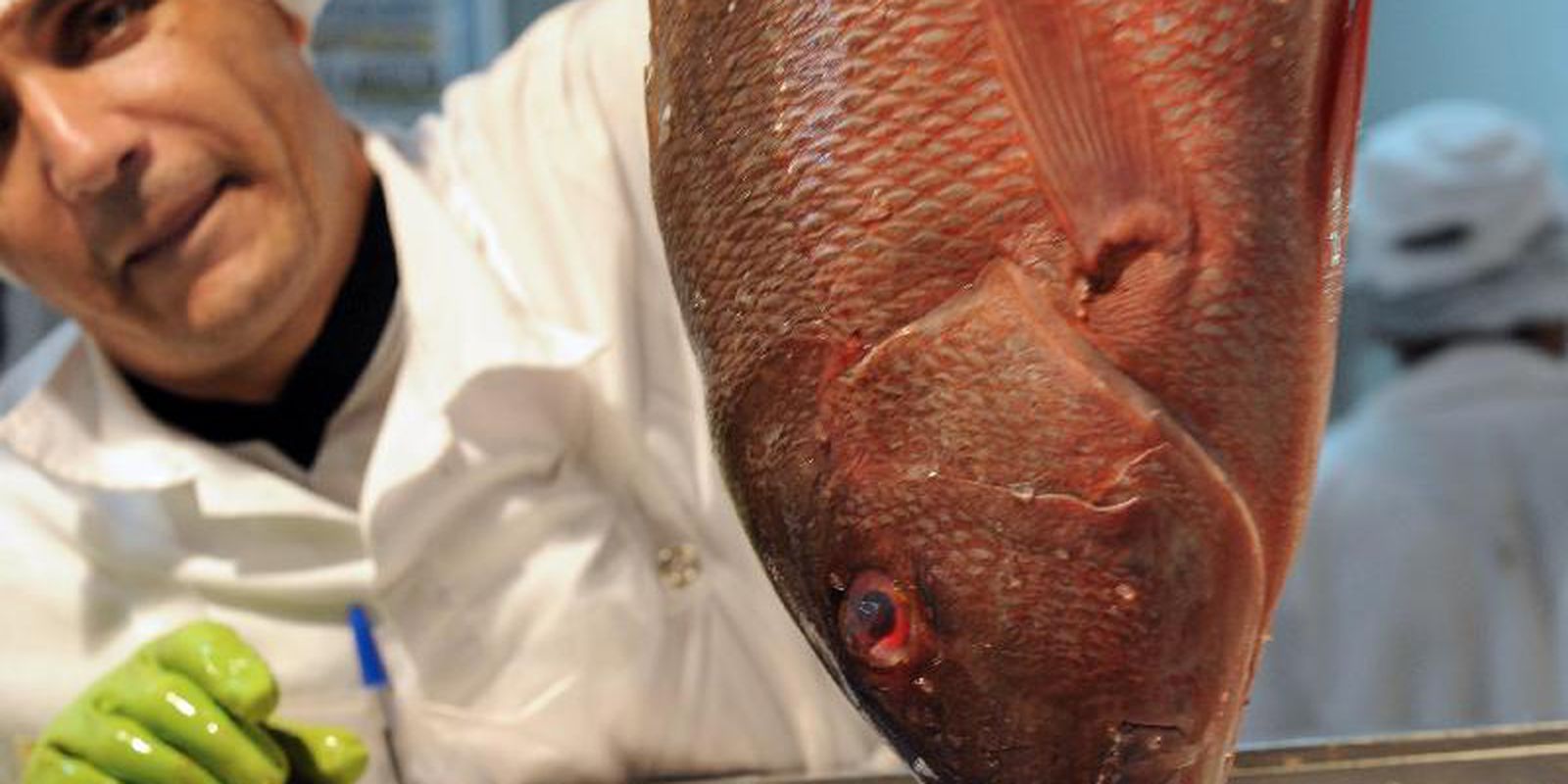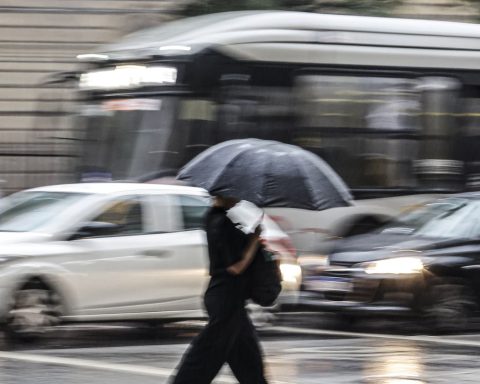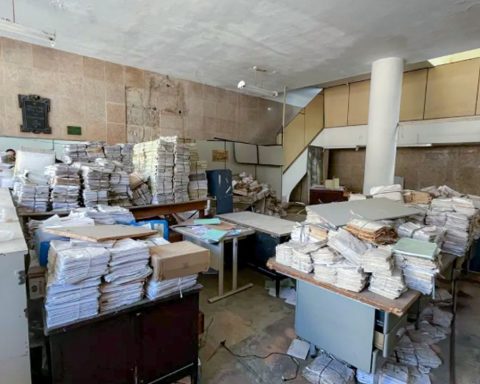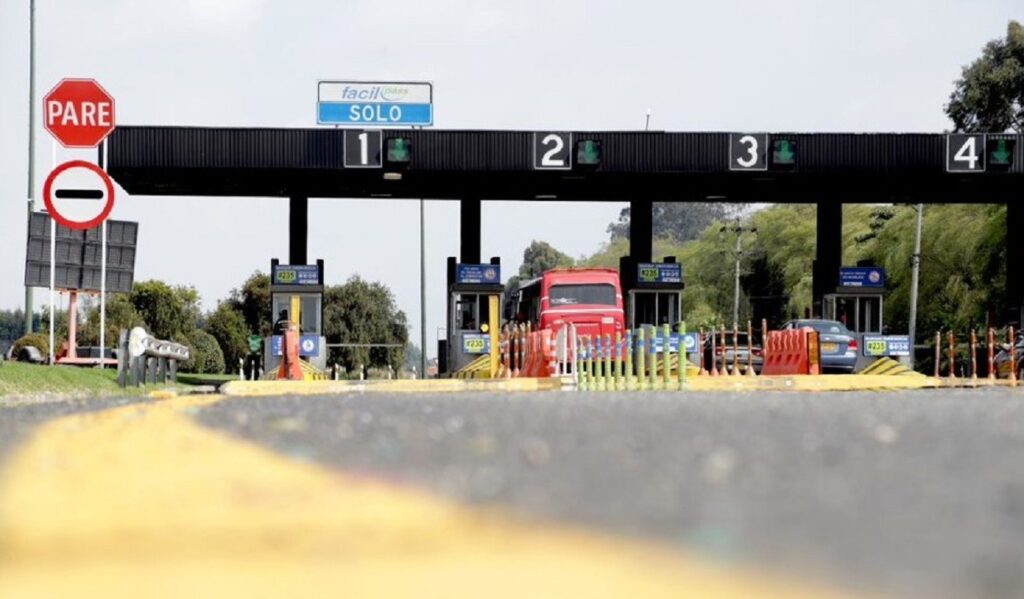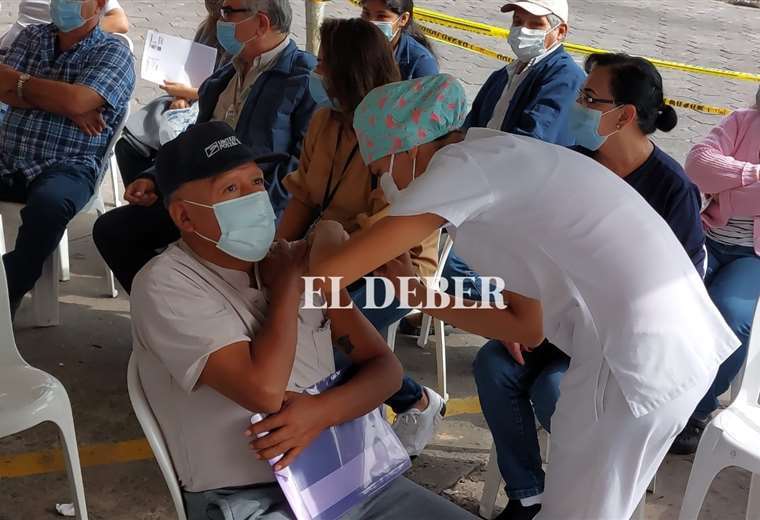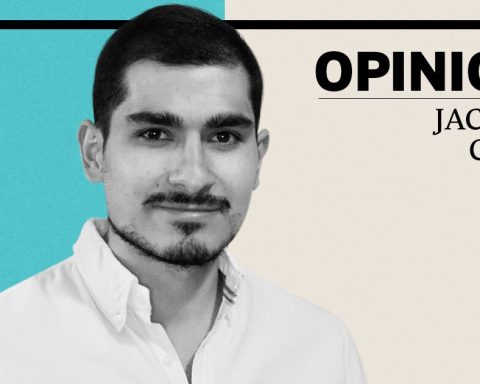The national productive sector carries out Fish Week 2022 from September 1st to 15th, a campaign to encourage the consumption of fish, molluscs and crustaceans. Conceived by the extinct Ministry of Fisheries and Aquaculture, the event intends to move all regions of the country and will involve supermarkets, restaurants, fairs and wholesale and retail points, offering gastronomic spaces open to the population.
In an interview with Brazil Agency, Altemir Gregolin, member of the National Coordination of the event and president of the International Fish Congress (IFC Brasil), said that the objective of the 19th Fish Week is to stimulate consumption and create a second Lent, that is, a new season of fish consumption in the second semester. “In the first semester, we have Holy Week and, in the second semester, the objective is to create a new season and, with that, to stimulate consumption, which is a daily practice of people, because it is more healthy and, with more consumption, stimulates production in a country that has enormous potential”.
The Fish Week will be launched on September 1st, during the fourth edition of IFC Brasil, which will take place in Foz do Iguaçu, Paraná. The organizing committee drew up a work agenda that involved all sectors linked to the fisheries and aquaculture production chain; renew the campaign brand; move the official social networks of the Fish Week; promote meetings and gatherings; among other actions.
Production
A survey by the Brazilian Fish Farming Association (PEIXE BR) reveals that last year Brazil produced 841,005 tons of farmed fish (tilapia, native fish and other species), generating revenue of R$ 8 billion. The result represents growth of 4.7% over 2020 production (802,930 tons). In six years, this market accumulates an increase of 45.4%. Tilapia is the fastest growing fish farming chain.
In terms of fishing and aquaculture, Brazil produces 1.6 million tons, with revenues of around R$ 20 billion, according to the Brazilian Association of Fisheries Industries (Abipesca). The expectation of the coordinators of the 19th Fish Week is to expand these numbers. Gregolin clarified that one kilo of fish per inhabitant/year means 213,000 tons, considering the country’s population. “If we transform this into live fish, there is a need for around 500 thousand tons of production, with an increase of one kilo in consumption per inhabitant per year of processed fish. We have the privilege of having a giant market and, therefore, stimulating the domestic market is fundamental”.
On average, the current consumption of fish in Brazil reaches 10 kilos per inhabitant per year, still below the recommended level, which is 12 kilos per inhabitant/year, and far from the world average of 20.2 kilos per inhabitant/year. The president of IFC Brazil acknowledged that the Brazilian population has many other options, such as chicken and beef and pork, which many countries do not have. “So, fish competes for the market with these other proteins”.
Potential
Gregolin says he believes, however, in the potential for fish consumption to grow in Brazil. “We have great potential, because it is the healthiest protein, because we are growing a lot in the organization of the chain, thus having more competitiveness. The sector is being more efficient, reducing production costs, reducing the final price for the consumer, increasing national production. So, the productive sector has, more and more, better prices, better quality”. Gregolin, who is a former Minister of Fisheries and Aquaculture, reiterated that fish is health, it is the healthiest protein. “That is why it is the most consumed and most commercialized protein in the world”. Asian countries are the biggest consumers of fish, led by Japan, where consumption per individual reaches more than 60 kilos per year.
In the last edition of Semana do Pescado, last year, the segment reached a 30% increase in consumption compared to the 2020 edition.
Performance
Paraná is the national leader in fish production, with 172 thousand tons in 2020 against 154.2 thousand tons in the previous year. One of the great highlights in the state is tilapia, which grew 11.5%. One explanation for the excellent result is the cooperative performance, with production incentives.
In second place, São Paulo appears, with growth of 6.9% in 2020. According to the National Coordination of the Fish Week, what explains this advance is the environmental regulation registered in the last two years, in addition to the fact that São Paulo be a major consumer center, which attracts investment.
The good performance of native fish places Rondônia in third position in the ranking producer, despite having suffered a drop of 4.8% in 2020. The volume produced of 65.5 thousand tons is still well above the fourth place that is Santa Catarina, whose production grew 3% and reached 51.7 thousand tons.
Extractive Fisheries
Main representative of the fish sector in Brazil, Abipesca processes more than 400 species of fish, generating about 10 thousand direct jobs and 6 thousand indirect jobs. More than US$ 400 million are exported each year, with an expansion of 10% in the annual rate of sales abroad.
